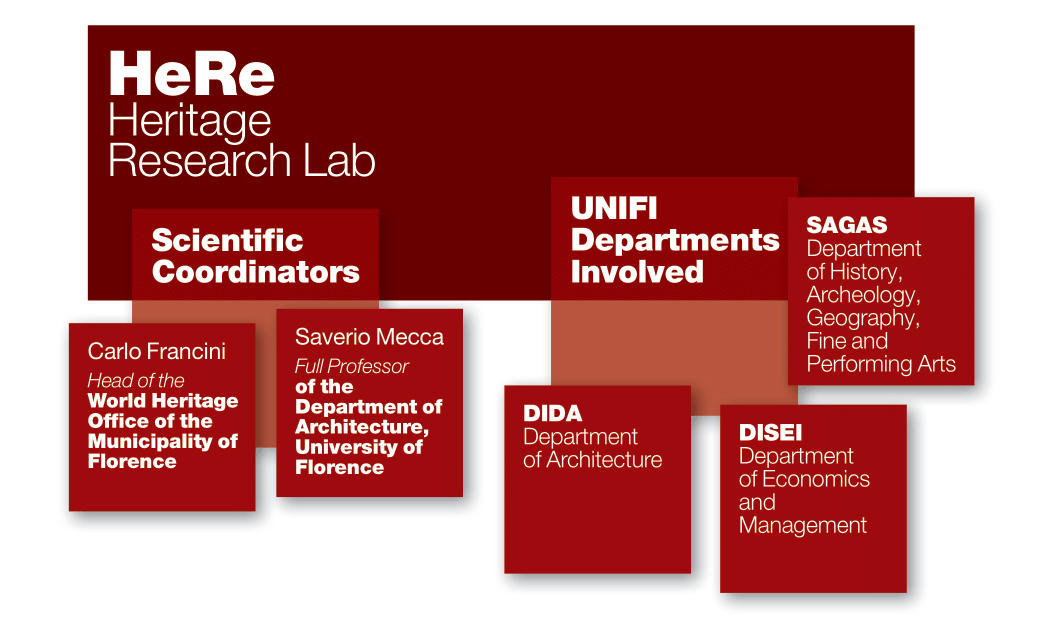Participatory management has been carried out since the establishment of the NPA at the request of the communities, with their benefit in mind, as well as that of future generations; however, over time this dynamism was focused on conservation with specific participation of the communities.
The life plans are a participatory process in which the opinion of the community members is obtained, reflecting on each dimension (cultural, environmental, social, political and economic), allowing for a diagnosis in order to coordinate actions aimed at sustainable behaviors that are also aligned with the objectives and vision of the ANP's master plan.
These visions contribute to more pertinent actions that help to articulate with other planning documents in the territory and the involvement of more stakeholders as part of a key strategy to achieve effective conservation.
The RCM leadership and the Maeni ECA develop technical and social capacities that promote the active participation of the communities in the elaboration and implementation of the life plans, oriented to the conservation of the NPA.
